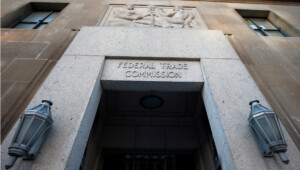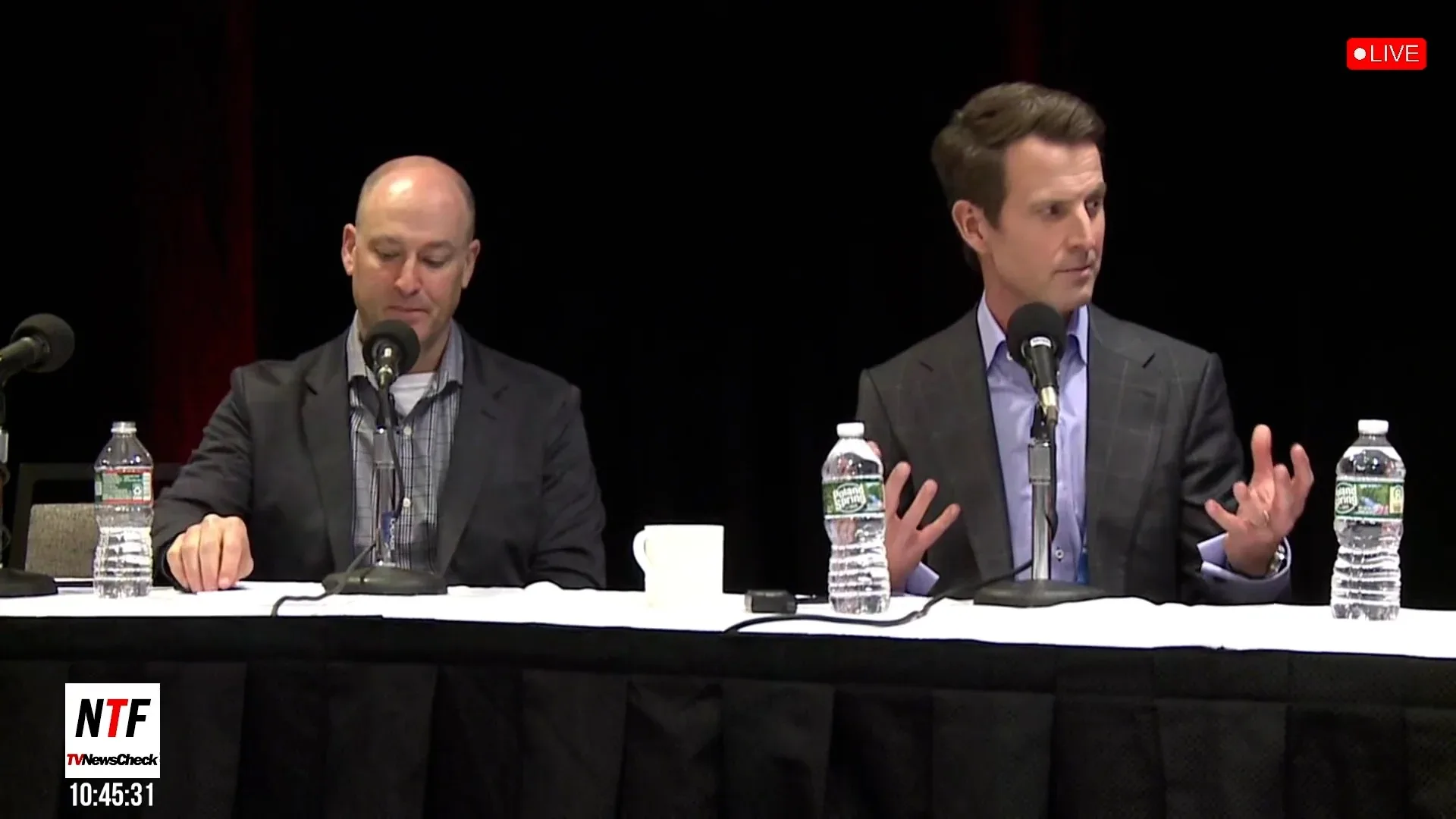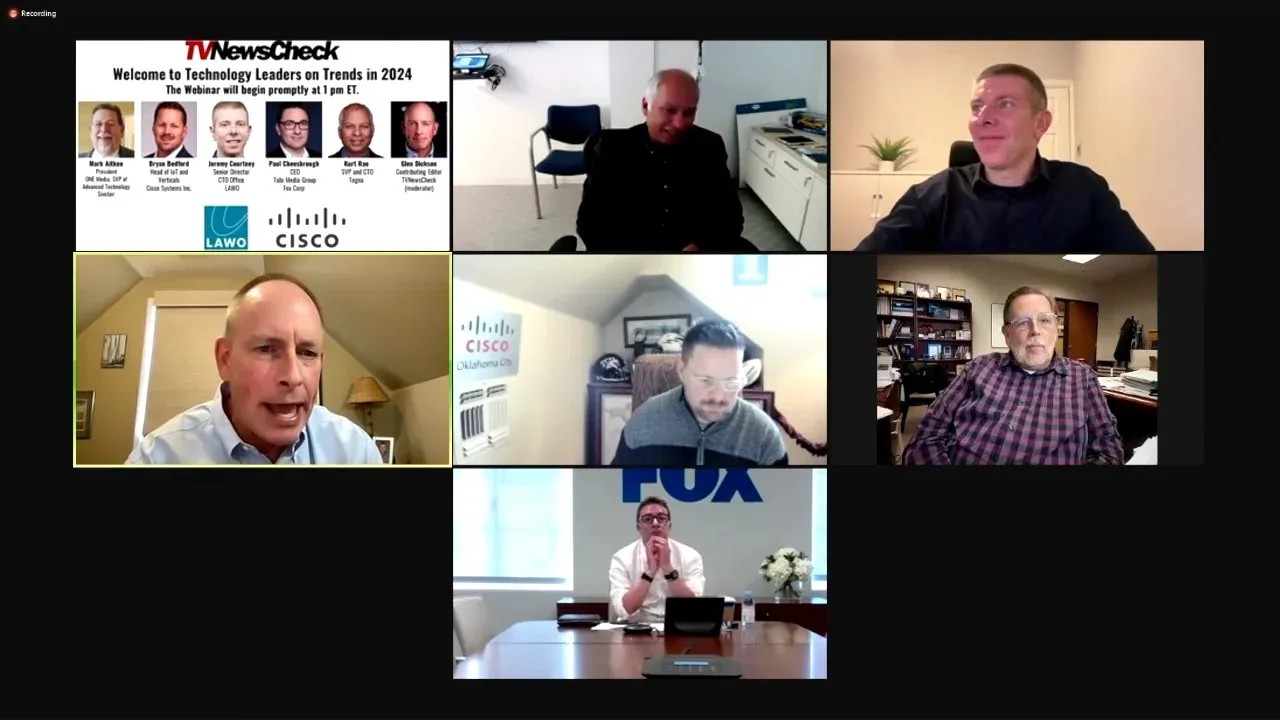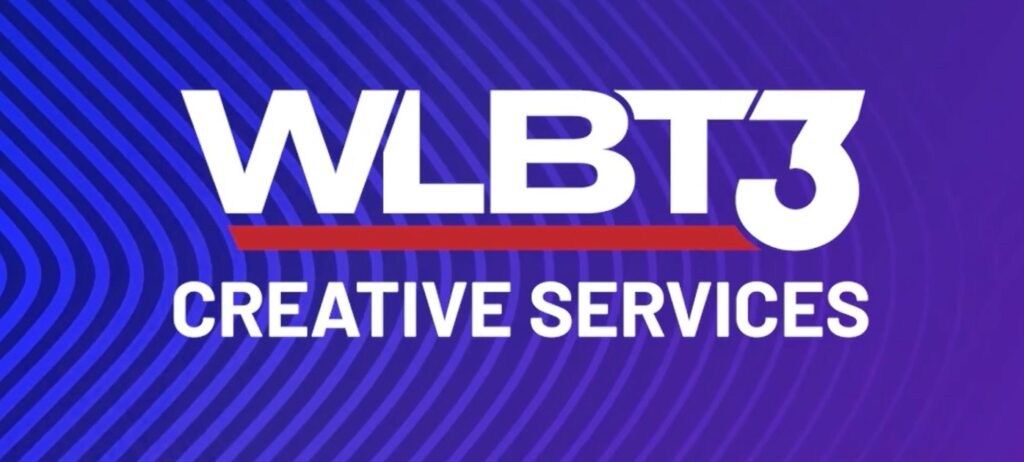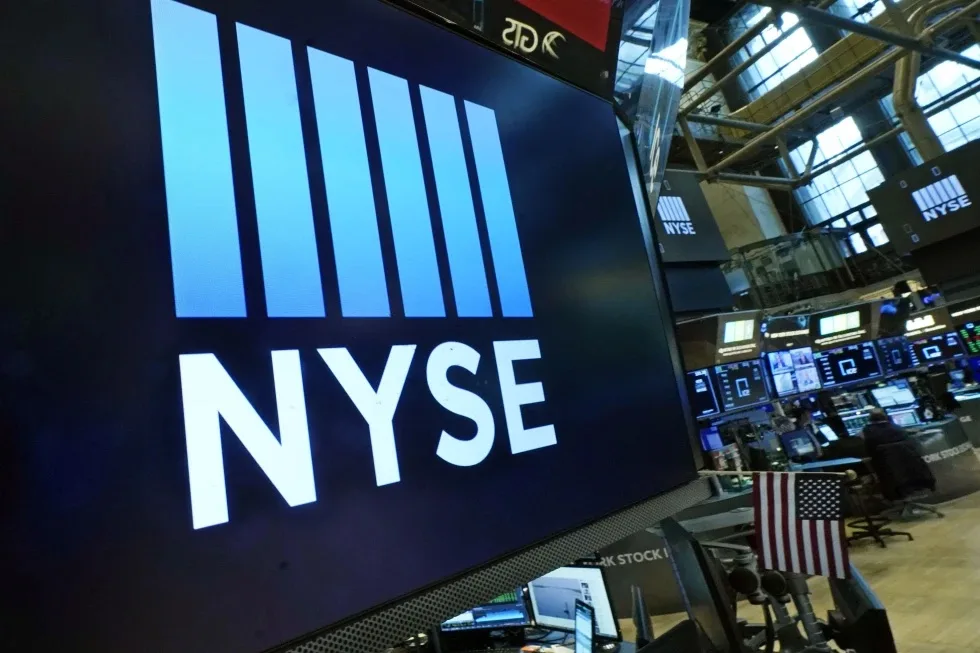
Stocks gave up early gains and closed lower, a downbeat end to the market’s first losing month since February. The S&P 500 ended with a loss of 0.2%, breaking a four-day winning streak. The Dow fell 168 points, or 0.5%. The Nasdaq edged up 0.1%. Treasury yields fell. The government reported that the measure of inflation that’s closely tracked by the Federal Reserve remained low last month. That’s the latest sign that price increases are cooling. Investors are hoping the Fed may be close to done raising interest rates. Discount retailer Dollar General sank 12.2% after cutting its profit forecast for the year.
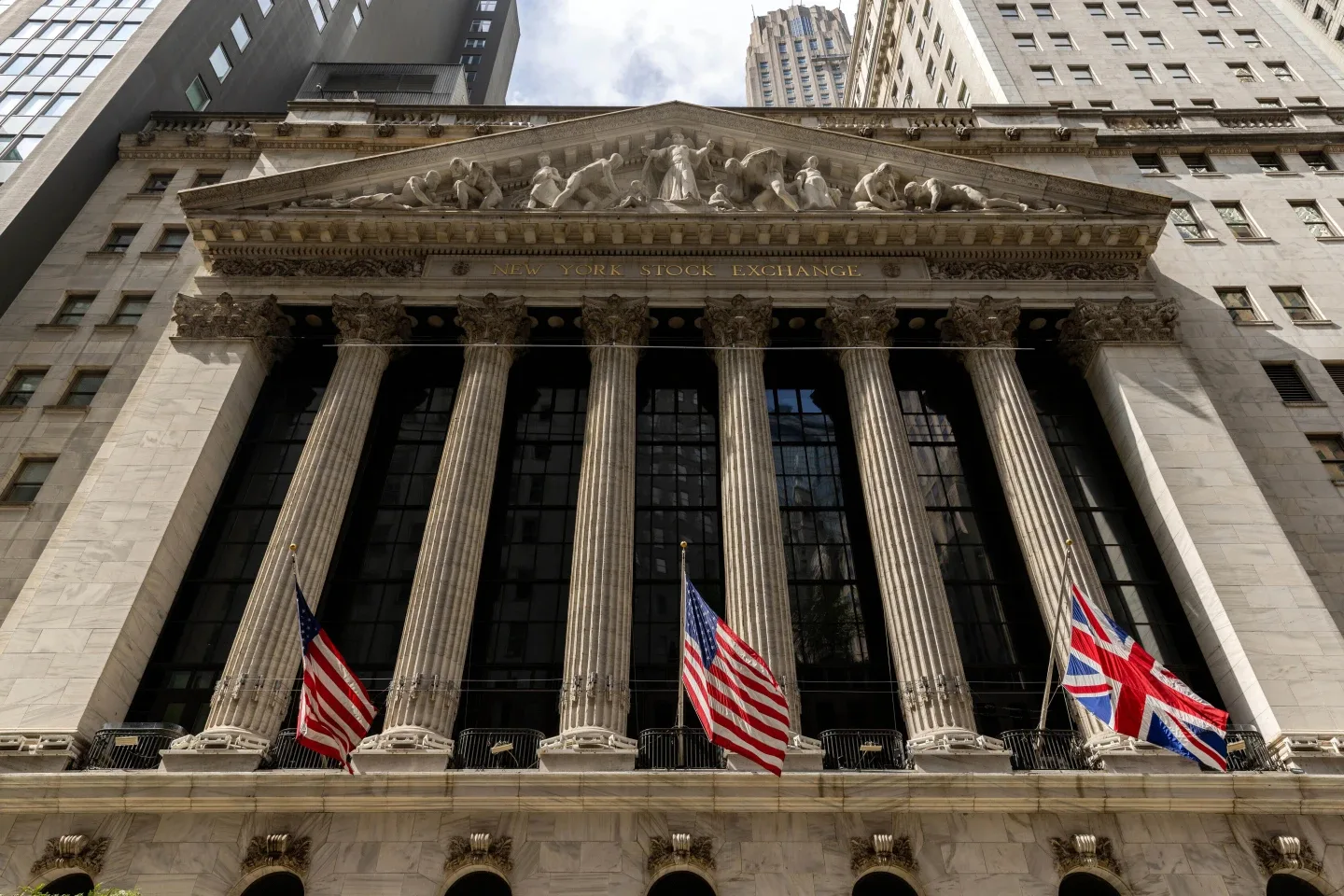
A sharp drop for Wall Street capped a day of declines around the world Tuesday after discouraging data on China raised worries about the global economy. (AP Photo/Julia Nikhinson)
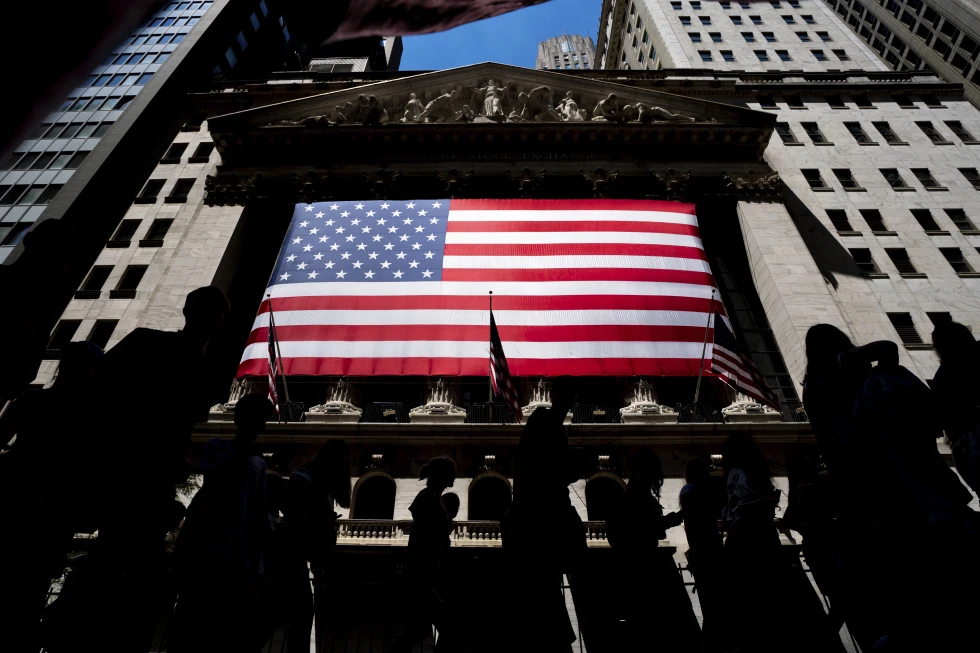
Wall Street rallied Tuesday after a round of reports suggested the economy is in better shape than feared. The S&P 500 rose 1.1% to resume an upward climb that had carried it earlier this month to its highest level in more than a year. The Dow Jones Industrial Average rose 212 points, or 0.6%, while the Nasdaq composite gained 1.6%. (Image: AP Photo/Julia Nikhinson)
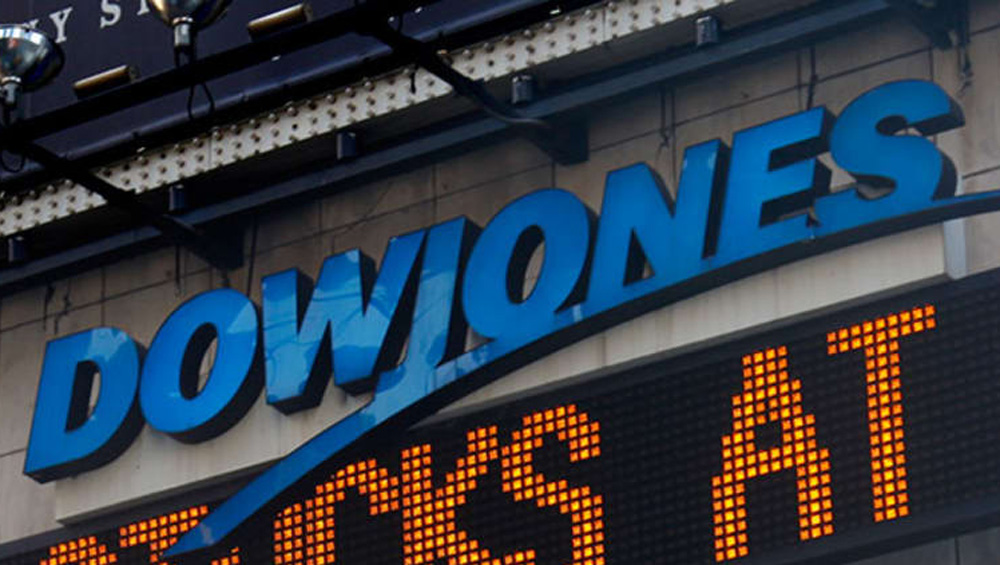
Wall Street closed slightly higher after a report showed inflation is making strides toward easing, even if it remains too high. The S&P 500 rose 0.4% Wednesday after swinging between gains and losses through the day. The Dow ended just barely lower, while the Nasdaq composite gained ground.
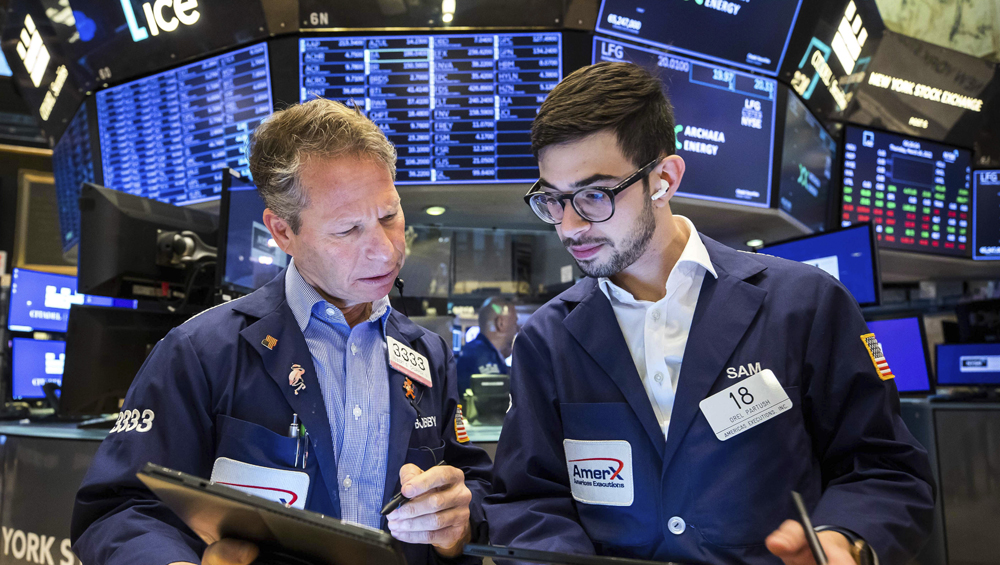
The S&P 500 and Nasdaq composite each fell 0.7%, while the Dow Jones Industrial Average dropped 0.9%. Smaller company stocks fell even more, pulling the Russell 2000 index 1.2% lower. The indexes marked their first losing week in the last three.

The S&P 500 ended 0.1% lower after having been down as much as 1.2% earlier in the day. The Nasdaq composite also trimmed its deficit, falling 0.2%, while the Dow Jones Industrial Average eked out a 0.1% gain. The indexes all notched gains for the week.
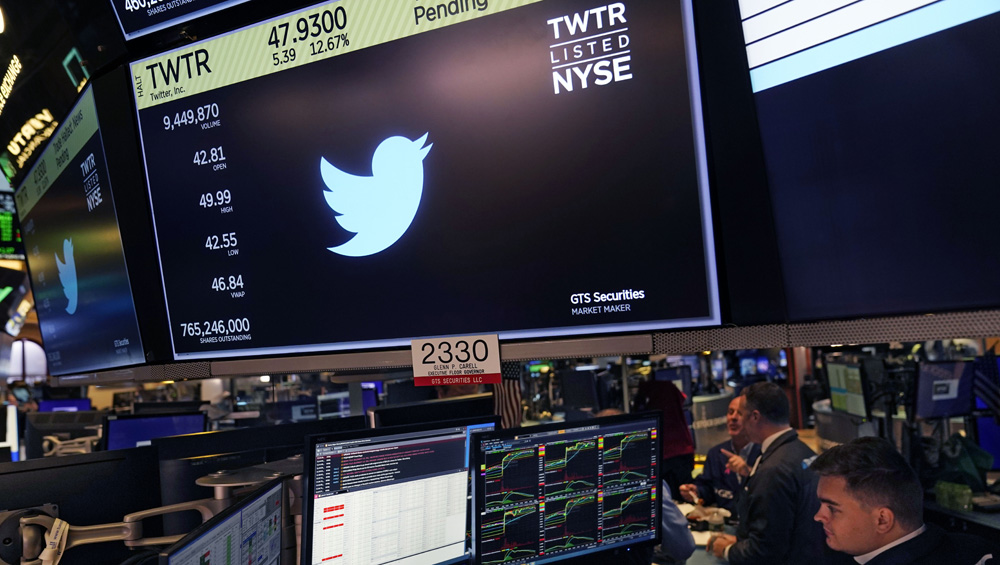
A late-afternoon rally on Wall Street helped stocks close higher Friday, though the major indexes still wound up finishing lower for the week after several days of bumpy trading. The S&P 500 rose 0.5% after wavering between small gains and losses for much of the day. The Dow Jones Industrial Average rose 0.6% and the Nasdaq composite ended essentially flat after swinging between a 1% gain and an 0.8% drop.
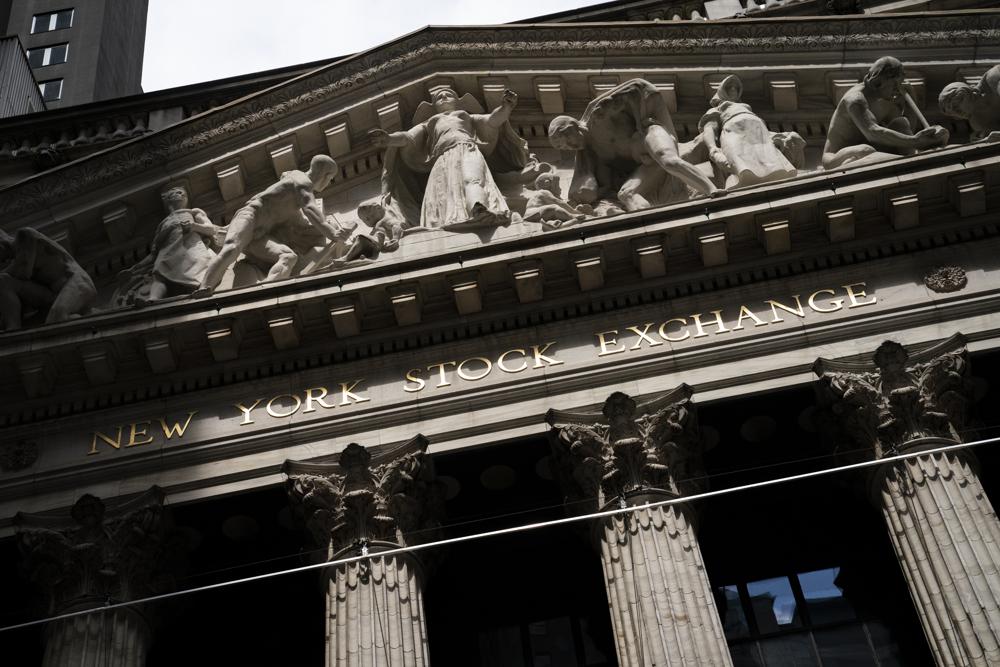
Stocks turned lower on Wall Street in afternoon trading Friday, shedding all their gains from an early rally that followed the release of the government’s latest job market update. The report, which showed employers slowed their hiring in August, initially put traders in a buying mood, stoking cautious optimism that the Federal Reserve may not need to raise interest rates as aggressively in its ongoing bid to tame inflation. But the gains faded by mid-afternoon.
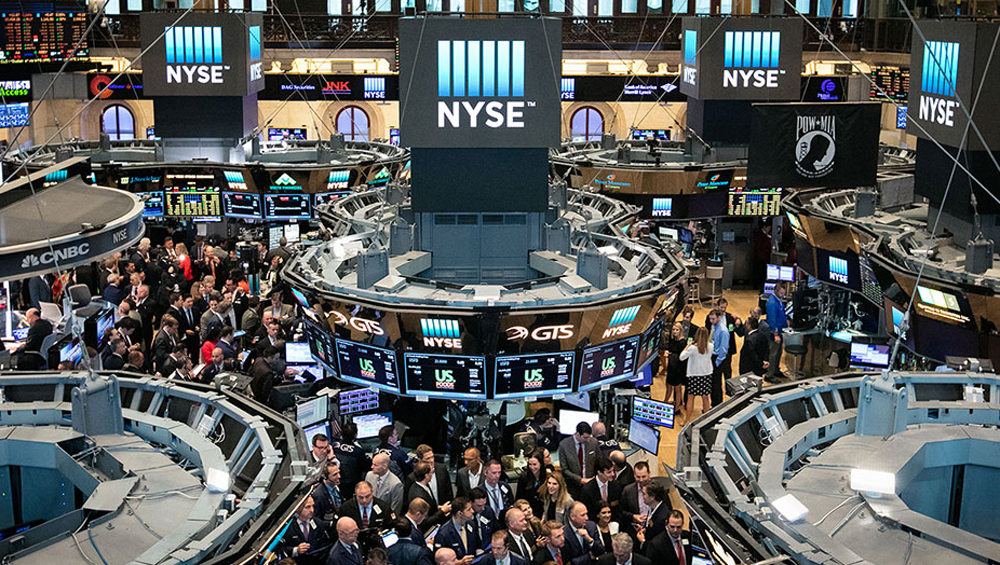
A late burst of buying erased some of the stock market’s losses Thursday, leaving indexes mixed on Wall Street at the closing bell.

Stocks fell in afternoon trading on Wall Street Monday, as investors remain unnerved by the Federal Reserve’s pledge to keep interest rates high as long as it takes to tame inflation. The S&P 500 fell 0.3% as of 2:27 p.m. Eastern. The benchmark index fell 3.4% Friday, its biggest single-day drop since mid-June. The Dow Jones Industrial Average fell 70 points, or 0.2% to 32,212, following Friday’s 1,008 point decline. The Nasdaq fell 0.6%. Technology stocks were among the biggest weights on the market. Apple slipped 1.1%.

Another drop for stocks on Friday has pushed the S&P 500 index 20 percent below its peak set early this year. The benchmark index was down 2% for the day in early afternoon trading and on pace for its seventh straight losing week.

Stocks are wavering between small gains and losses on Wall Street Friday, and are still barely higher for the week. The weak showing follows a two-day rally that helped erase a slump earlier in the week.

It was a feeble ending to an up-and-down week of trading. The S&P 500 index lost 0.9%. The benchmark index had its second straight weekly loss. The Dow Jones Industrial Average fell 0.5% and the Nasdaq fell 0.9%.
Analysts pressed the company Tuesday for more information about certain elements of the merged owners of the CBS broadcast network; Showtime pay-cable channel; Paramount movie studio and Nickelodeon kids-media empire.
This was the year Wall Street discovered cord-cutting. Media stocks are headed for their first annual decline since 2008 as investors get increasingly wary of the growing number of Americans who drop traditional pay-TV packages, threatening the business model of an entire industry — from cable providers to program producers.




